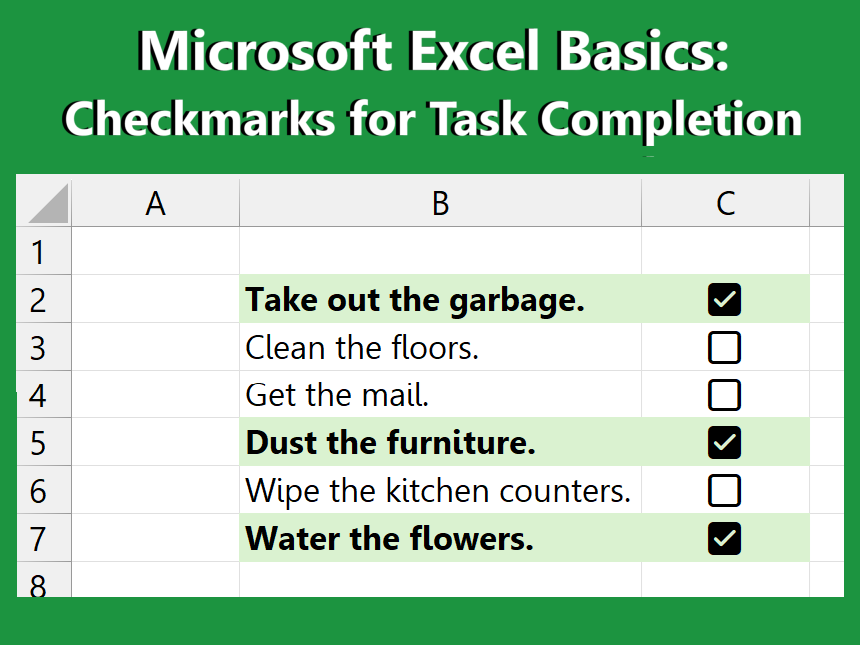Let’s Smash Rocks! Break-Open Geodes Review
Breaking open some geodes to reveal their inner crystalline structure can be a great way to bond with friends and family that also leaves you with a unique memento that can be put on display.
Read our hands-on account of the National Geographic Break-Open Geodes for more insight on the geode opening process, some brief tips, and more!
-
Products and services that appear on CouchTripping.com may be from companies from which we receive compensation. Affiliated links allow us to earn revenue as an Amazon Associate. All available product choices may not be included, and we carefully consider the terms/rules of how products may be displayed or advertised at all times.
Products are reviewed fairly and objectively based on customer satisfaction, price, competition, features, and a number of other factors as well. Any ratings that may appear are based on the opinion of CouchTripping.com and its staff in good faith to provide the best product options for the described needs/scenario.
For this informal review, we got our hands on two (2) different versions of the National Geographic Break-Open Geodes: the 4-Geodes pack and the 15-Geodes pack.
I was pleased to discover that the two different versions of the kit came with similar amounts of equipment, not requiring the purchase of any additional accessories. Each kit was provided with instructions, a small magnifying glass, and goggles for safety protection.
Understandably, the only thing that changed from one kit to the other was the number of geodes.
Though I have a fair number of crystalline rocks that I use as decoration around my home, I had never actually broken open a geode on my own before, and I was excited to finally try my hand at it.
In my inexperience, I did end up making some incorrect choices on how to properly stage the rock-smashing area in order to minimize the amount of cleanup/damage.
I wanted to provide these tips up front so as to prevent others from identically imitating my actions in this hands-on account.
First, I would absolutely NOT recommend attempting to break open the rocks on top of a hardwood floor, even if the use of a cover such as a blanket is employed. (Please trust me on this one.)
Instead, it is recommended to use the following kinds of locations for opening geodes:
A sturdy shop table
Outdoors (driveway, sidewalk, grass)
Large, wide blanket on top of carpeted area
Garage (using a padded or reinforced blanket)
Etc.
Using a blanket is great for minimizing cleanup, but it should not be so thin such that hammering a rock on top of it would create any tears or holes in the material. A blanket with thick cushioning or padding is best, but it is still best to not work directly on top of the cloth material.
Employing the use of a bench vise grip or a similar holder may be recommended to prevent movement of the geode while you are hitting it, as it has the tendency to move away from the point of impact.
The aforementioned small holder could even be something like old Tupperware you don’t care that much for anymore. Using a holder minimizes any contact between the rock and a cleanup blanket or flooring, avoiding any unwanted dents or tears in flooring/fabric.
Now, with that all being said and out of the way, I had a LOT of fun smashing these rocks! I mean, what better way to let off some steam with friends while also creating memories? And you get a cool crystal out of it!
I had a friend visiting from out of town at the time of this review, and I invited him to assist me so we could smash some geodes together.
He accepted without hesitation.
So, my friend and I carefully put on the safety goggles, grabbed a hammer and a screwdriver from my tool case (I would recommend the use of an actual chisel rather than a screwdriver, but the screwdriver was all I had at the time), and we set up a blanketed area within my kitchen to begin.
The geode-opening process proved to be more difficult than our initial expectations had let us to believe, and we tried a few different methods in trying to crack open the rocks before settling on one that worked.
Our first method was in line with what was provided in the kit’s instructions. The instructions recommended that the chisel-wielder should carefully go along the circumference of the rock in a straight line, hitting the chisel with a hammer to create indents around the rock.
From my internet sleuthing, this appears to be the most agreed-upon method for opening up geodes in a way that creates an even, clean split in the rockface.
What that being said though, however, my friend and I were by no means professionals, and our attempts at making this method work proved to be fruitless, as the rock kept slipping away from us as we hit it.
A holder or clamp would have been nice to hold the rock down.
Seeing that this was not working out for us as expected, we attempted to move on to the next method provided in the kit’s instructions: hitting the rock directly with the hammer while it is in a sock.
I grabbed a pair of socks from my bedroom that I had not worn in a while, put the geode in the sock, and then went to town, hammering it into oblivion.
To our surprise, we actually felt the rock crack open! This was a nice change of pace from our unsatisfying efforts from the previous method.
However, upon opening up the sock to view our results, we found that the rock was in about ten different pieces, far from what we were hoping.
To make matters worse, the geode appeared to be mostly a dud! I was beyond disappointed, thinking to myself that we were putting in quite a deal of time and commitment to an activity that was not rewarding us in turn.
This led me to my final method of breaking open the geodes, one that actually ended up working the best for us: hitting the rock with the hammer along natural dents in its formation.
In my brief frustration, I began hammering away at one of our other remaining geodes until I saw an indent start to form. It was then that I realized that each of the geodes’ natural rockfaces possessed indentations that would give way when directly hit with the hammer or chisel.
Hitting each dent along the circumference of the geode started to form a natural crack, which I imagine is what the kit’s instructions were going for with the first method utilizing the chisel.
It wasn’t long before the geode I was working on began to crack open cleanly in two halves, revealing the natural crystalline beauty within.
The geodes were very beautiful, and we opened up about four or five of them before calling it a day for the time being. The geodes we revealed contained white and grey crystals, and I was very excited to possess such wonderful pieces of memorabilia from our shared activity.
Some geodes were more hollow than others, and there were varying layer thicknesses for the crystal formations.
Upon further research, these crystals appear to form as a result of the fact that these rocks were hollow in the first place. Water is able to seep in over time, and as the water dissolves the hollow spaces in the rock are left with mineral deposits that eventually grow into crystals. This typically occurs more often in igneous rock (formed by volcanoes and lava) or sedimentary rock due to them being more likely to have hollow spaces within them.
All in all, we had a lot of fun smashing these rocks, and I would definitely recommend it as a fun activity to do with others or just by yourself if you have any interest in crystals, gems, rocks, science, or the like!
(However, you should definitely do this outside or on steel/concrete with a lot of padding if you don’t want to damage your floor.)
Using a hammer and an actual chisel appears to be the way to go, making calculated hits on the geode’s natural indentations along the circumference of the rock face. As a less recommended alternative, you could also use the hammer directly in the same manner if you don’t have a chisel (like me).
National Geographic Break-Open Geodes:
And that about wraps it up for this one!
Now, if you don’t mind, I have some more rocks to smash…
Like this review? Feel free to read some of our other Product Reviews within our Business & Finance category, or explore some of our most recent articles below.
Thanks for reading!

















